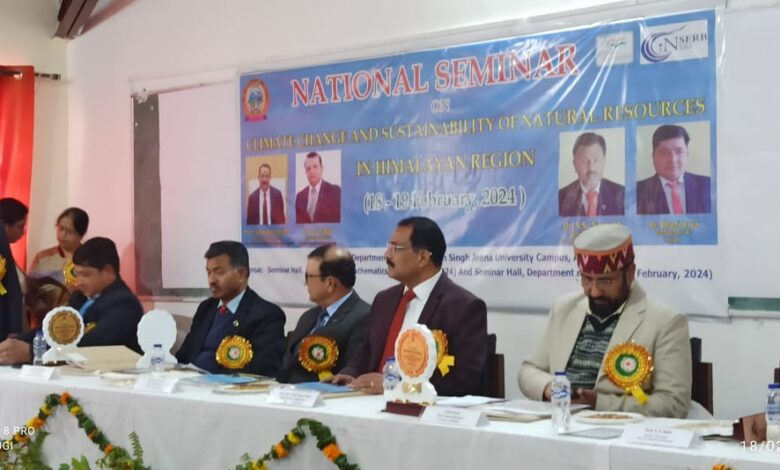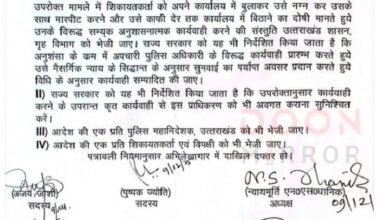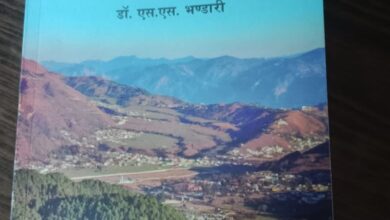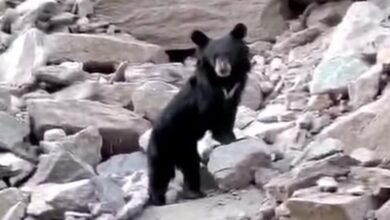More than 44,000 crore tonne of deposited snow melted in Himalayas

More than 44,000 crore tonne of deposited snow melted in Himalayas
B.D.Kasniyal
Pithoragarh, Feb 19
More than 44 thousands crore tonne of snow, deposited since ages on Himalayan ranges, has melted additional than normal melting, resulting into adverse effects on natural resources of the Himalayan region, claimed Dr Satpal Singh Bisht, vice- chancellor of SS Jeena Almora University, today.
Addressing a seminar on the topic, “Climate change and sustainability of natural resources in Himalayan region”, the vice-chancellor said that this alarming tendency of melting long deposited snow from Himalayan peaks has come into light in a research conducted by Dr Sunil Nautiyal, Director of GB Pant National Institute of Environment at Katarmal Koshi, Almora.
” Every year and additional of 2000 tonne of snow deposits are melting from Himalayan glaciers and peaks,” aaid Dr Bisht.
Presenting his research paper in detail on the subject, Dr Sunil Nautiyal, Director of GB Pant National Institute, said that the global temperature has increased due to increase in world population and increased use of natural resources by it.” This trend has directly affected Himalayan glaciers and these have started melting with high speed resulting into melting of extra snow from it,” said Dr Nautiyal.
According to research conducted by Dr Nautiyal, while the global warming caused Himalaya melting of 700 crore tonne of snow from the year 1975 to 1985, it increased to melting of over 2000 crore tonne of deposited snow from Himalaya, from the year 1985 to 2010.”The pace of increased melting of deposited snow from Himalayan region in on the rise ,” claimed Dr Nautiyal.
The SS Jeena Almora University VC, Dr Bisht said that two institutions namely SS Jeena University and GB Pant Environment Institute have signed a Memmporandum of Understanding (MOU) to study Himalayan weather patterns and it’s effects on people and natural resources of the region.”We will have to be united to save Himalaya. If we do not get alerted today, the effects of this pattern will be adverse for future generations,” said Dr. Bisht .
According to the organiser of Seminar, Dr Dhani Arya, over 80 research papers on the topics of Himalayan glaciers, Himalayan bio- diversity, environment circle and Disaster control methods, were presented by researchers in the seminar from across of country, that concluded today.





